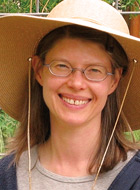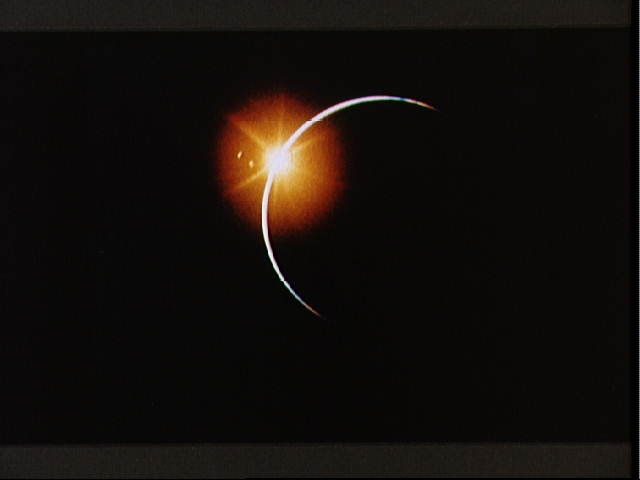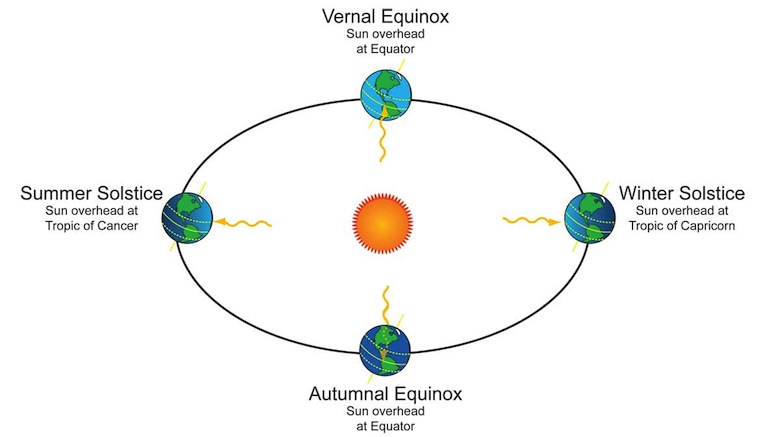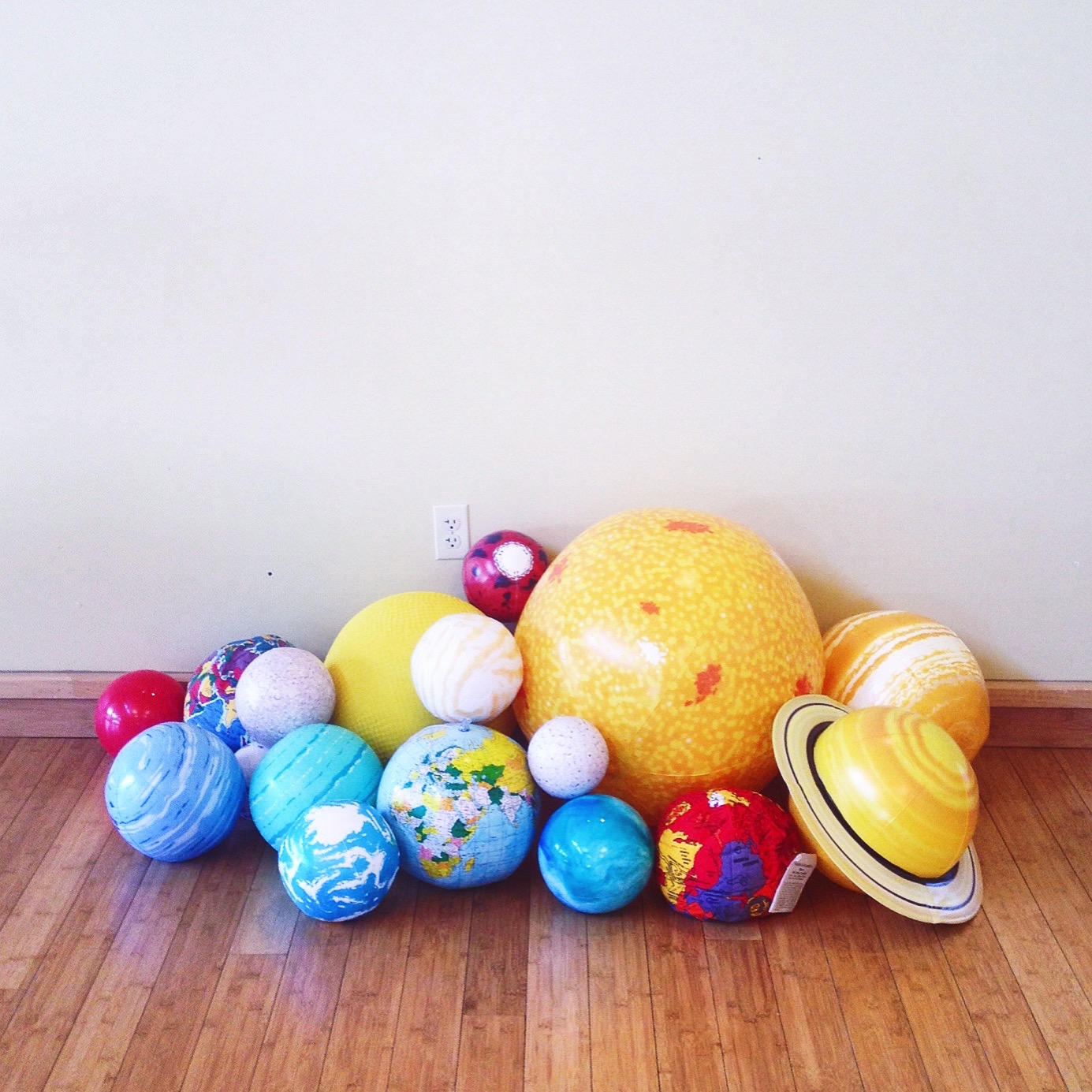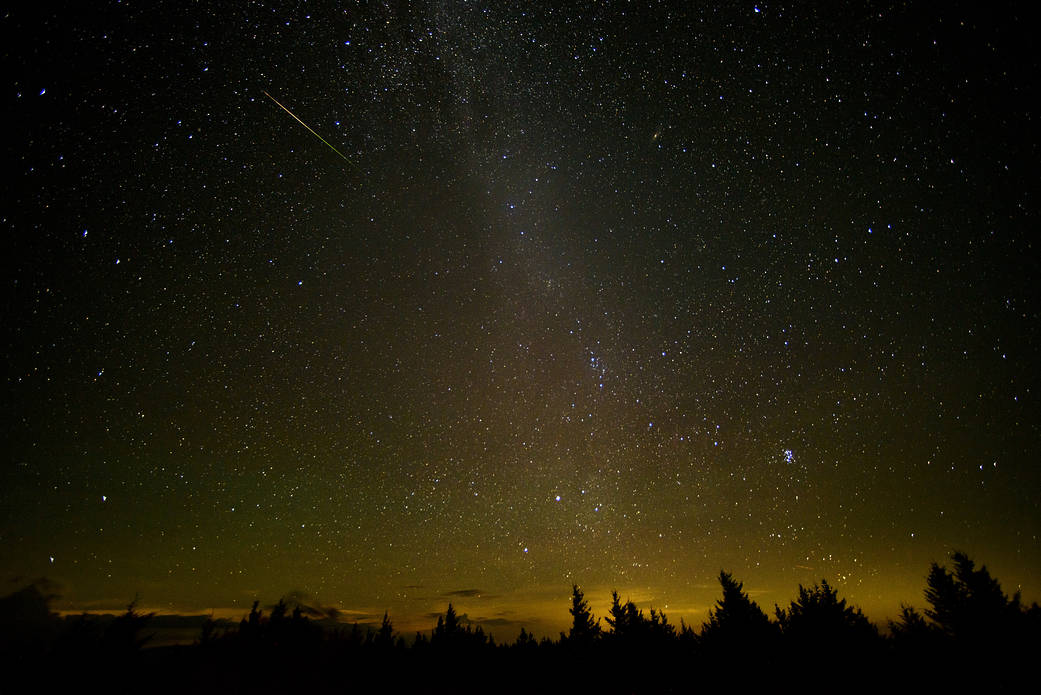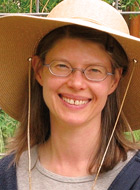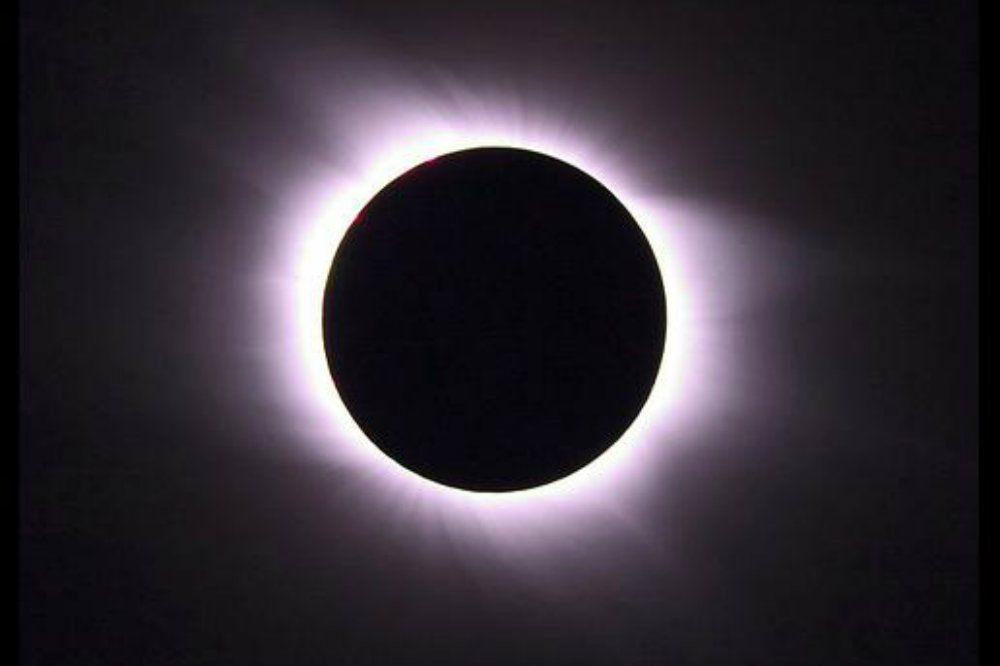Summer Solstice, Explained by a Contemplative Astronomer
By Andrea Schweitzer, PhD ~~~
This year, summer will officially begin on June 20th at 4:34 p.m. Mountain Daylight Time, which is the summer solstice.
This is the day with the most hours of sunlight during the whole year, in the Northern Hemisphere. The opposite will happen in the Southern Hemisphere, which will have the longest night of the year and their winter solstice. The mid-points in between the solstices are the equinoxes, which occur in spring and fall when the hours of day and night are equal, and when the Sun is overhead at the equator.
All this happens because the Earth is tilted on its axis (by 23.5 degrees with respect to our orbit around the Sun). So when we’re on one side of our orbit, the Northern Hemisphere is tipped so that the Sun is higher in the sky. The Sun’s rays arrive at a more favorable angle for warming — thus heating the Northern Hemisphere for summer.
In ancient cultures, the solstices and equinoxes were considered auspicious times of the year. The summer solstice typically marked the start of the prime growing season.
This year it happens that the moon will reach maximum fullness near the time of the solstice (June 20 at 5:02 a.m. MDT), so enjoy looking at the full moon as well!
Several bright planets will also be visible in the evening: Jupiter in the southwest part of the sky, and Saturn and reddish-colored Mars toward the east. Visit
skymaps.com to print out a June star chart with the locations of the planets and constellations.
If you enjoy looking up at the night sky and would like to learn more about the solstices, the movements of the objects in the heavens, and the constellations, please come and join us at SMC for our Labor Day weekend program on Contemplative Astronomy. It will be a fun and relaxing weekend, as we foster a deeper personal connection to the universe.
Shambhala Mountain Center hosts Big Sky, Big Mind: A Contemplative Astronomy Workshop, September 2-5, 2016 — click here to learn more
(Featured image courtesy of NASA)
About the Author
